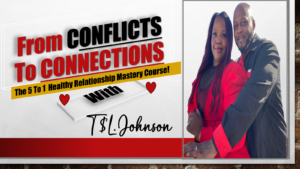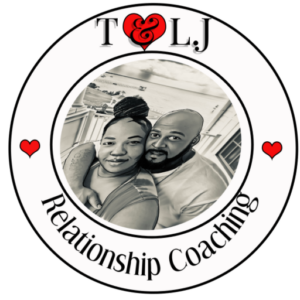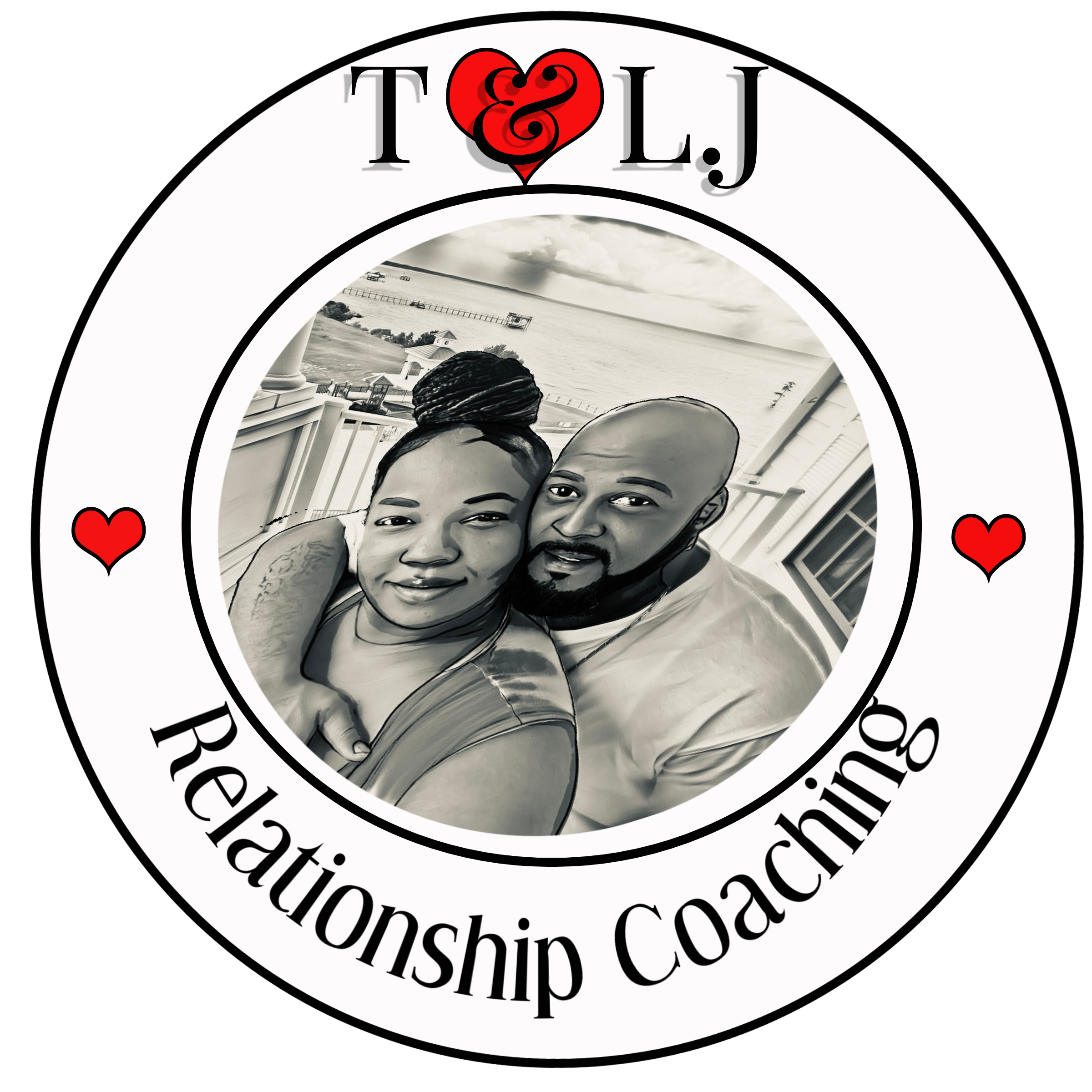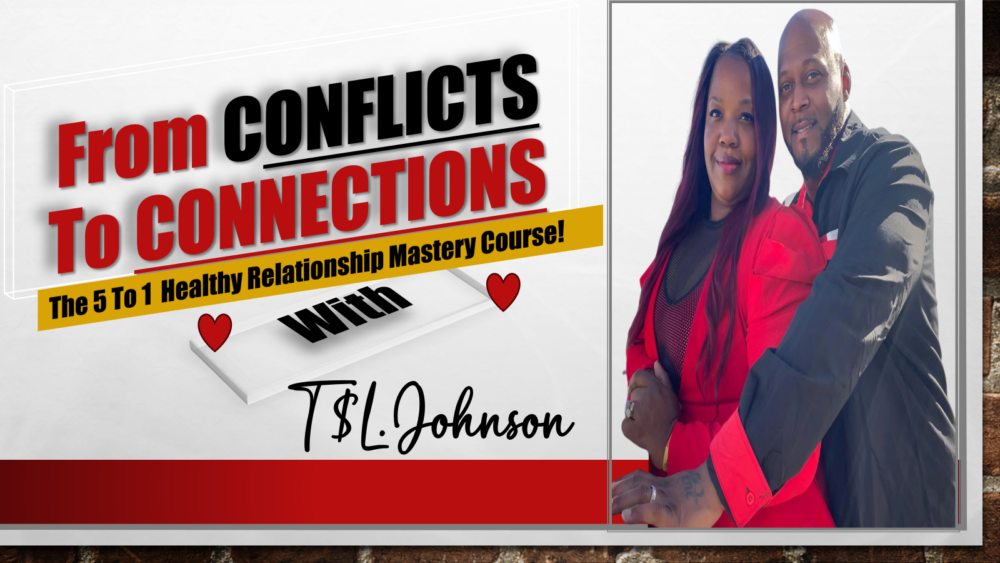Understanding Your Intentions
Why Intent Matters
From my experience, before diving into any conversation, it’s crucial to check your intentions at the door. Are you aiming to resolve a conflict, share a feeling, or offer feedback? Understanding what you want to achieve helps focus the dialogue. If your goal is to connect rather than confront, that will shape how you communicate your message.
When I’ve approached conversations with clear intentions, I’ve noticed they go smoother. My target becomes clearer, and it helps in framing my words in a way that’s intended to heal rather than hurt. It’s all about perspective, right?
So, next time you’re gearing up for a chat, take a moment to reflect. Ask yourself what you’re hoping to convey. It’ll not only give clarity to your thoughts but also, trust me, help the other person feel sufficient care in the conversation.
Setting the Right Environment
The space you choose to communicate can drastically influence the conversation. I’ve had talks in cozy coffee shops and serious boardrooms, and let me tell you, the vibe matters. A comfortable setting invites openness, while a stressful environment might lead to miscommunication.
Make efforts to find a space that feels safe for both of you. It could be a quiet corner at home, a park bench, or a café where you both can breathe. When both parties feel at ease, it’s easier to express feelings without the pressure of the environment creating tension.
If you can, suggest taking a walk or finding a neutral ground. There’s something about being outdoors that automatically lightens the mood. Just remember, the goal is to create an atmosphere where both can freely express thoughts without feeling judged.
Practicing Active Listening
Let’s be real: active listening isn’t always easy. I used to catch myself thinking about my response when the other person was speaking instead of genuinely absorbing what they were saying. When I made a conscious effort to listen, I discovered a whole different layer to conversations.
Giving full attention means nodding, maintaining eye contact, and sometimes even repeating back what I heard. It’s about showing that I value the other person’s thoughts and feelings. This builds trust and reduces misunderstandings. When you’re genuinely engaged, they’ll feel that energy, and it’ll enhance the connection.
Also, asking open-ended questions can deepen the discussion. It’s like opening a door to more insights. Instead of saying, “Do you agree?” try, “What are your thoughts on this?” It invites the other person to share more, enriching the conversation.
Using “I” Statements
Shifting from Accusations to Ownership
This one took me a while to grasp. Starting sentences with “you” can often sound accusatory, making the person defensive. When I switched my approach to “I” statements, it turned every load of ‘you did this’ into ‘I felt this’. It significantly changed the dynamic.
For instance, instead of saying, “You never listen to me,” I learned to say, “I feel unheard when my thoughts are overlooked.” It’s astounding how that little shift makes the other person more receptive. It transforms from blame to inviting someone to understand your feelings.
When you own your feelings, it humanizes the conversation. It’s okay to express how you feel without placing blame. Trust me; it leads to healing, understanding, and deeper connections.
Expressing Your Needs Clearly
Now that I’ve expressed my feelings, it’s time to share what I need from the conversation. Sometimes, I realize that my needs can easily get lost in emotional discussion. That’s why I make it a point to be direct about what I need.
In a recent conversation, after sharing how I felt, I stated, “I need a bit of time to process this,” rather than hoping the other person would catch on. This clarity removes assumptions and helps set expectations. Plus, it opens the floor for mutual agreement on how to proceed.
Remember, being clear doesn’t mean being demanding. It’s more about networking your wants in a way that respects both your feelings and the other person’s understanding. We all have needs; expressing them kindly can help in addressing any gaps between us.
Recognizing Non-Verbal Cues
One thing I’ve found fascinating is that communication is way more than just words. The tone of voice, facial expressions, and body language play massive roles in conveying meaning. When I’m engaged in a conversation, I try my best to notice how I’m coming across and how the other person is reacting.

For example, if I’m using a soft tone and open posture, it invites warmth. Conversely, crossing my arms can come off as defensive. We’re telling stories beyond our verbal expressions all the time. It’s crucial to keep this in consideration, as it adds depth to the conversation.
Also, watch out for the other person’s signals. If they seem closed off or uncomfortable, it might be a cue to pivot the conversation. Being in tune with these non-verbal cues allows for a more compassionate dialogue. It’s like being dance partners—the better we know our steps, the more fluid the conversation becomes.
Concluding with Compassion
Summarizing Key Points
Wrapping up effectively is just as important as how we start a conversation. I often find myself reiterating the main points we’ve discussed, ensuring both parties are on the same page. A recap can clarify objectives going forward and show that I value the input from the other person.
By summarizing, it gives both of us a chance to agree or clarify if something was misunderstood. It also reinforces that I was paying attention and value what they shared. Summaries shouldn’t be lengthy; just a quick overview solidifies what we want to act on.
So, after a deep discussion, I might say something like, “To sum it up, I appreciate your perspective, and here’s what we’ve agreed on.” It’s a small gesture that goes a long way in fostering kindness and understanding.
Offering Gratitude
One thing I never skip after a difficult or important conversation is expressing gratitude. Saying ‘thank you’ for their time and openness can create a lasting positive tone beyond the dialogue itself. It reinforces that we’re partners in communication rather than adversaries.
I remember one challenging discussion turned into a wonderful bond simply because I acknowledged their courage. A little gratitude goes a long way, you know? It lays a foundation for future conversations and shows that I recognize their effort.
So, every time we wrap up, I try to make it a point to say, “Thank you for sharing your thoughts with me.” It helps both parties feel valued and encourages more healing conversations down the line.
Looking Forward
Lastly, I think it’s vital to look forward and express a willingness to continue the conversation. It shows that even if we had hard moments, I’m invested in the long-term relationship. I might say, “I’d love to revisit this topic after we’ve had some time to think.”
This way, I’m not shutting the door on future discussions; I’m opening it wider. It allows for growth and transformation from our previous conversation. The willingness to revisit shows commitment to understanding and healing over time.
Trust me, this approach fosters an atmosphere of continual learning and enhances our connections, making future conversations feel safe and meaningful.
FAQs
1. What are “I” statements and why should I use them?
“I” statements are phrases that begin with “I feel” or “I need.” They allow you to express your feelings about a situation without blaming the other person, making it easier for them to respond positively.
2. How can I improve my active listening skills?
Improving active listening can be cultivated by giving your full attention, nodding in acknowledgment, and paraphrasing what the other person says. It’s about showing you’re invested in understanding their viewpoint.
3. Why is non-verbal communication important?
Non-verbal communication can convey feelings and attitudes that words cannot. It helps create a supportive atmosphere; if your tone and body language align with your words, the message is clearer and more genuine.
4. How can I set the right environment for a difficult conversation?
Choosing a comfortable, quiet, and neutral location can help both parties feel safe to express their thoughts. If possible, aim for a place where you both feel relaxed and can speak openly.
5. What should I do if the conversation becomes heated?
If tensions rise, it’s okay to take a step back. You can suggest a break to cool off or change the topic momentarily. The key is to maintain a respectful tone, focus on understanding one another, and revisit when emotions are less charged.

Schedule Your First 20-Minute Coaching
Call With Us Today to see if we fit . You pick the price!
Click Here






